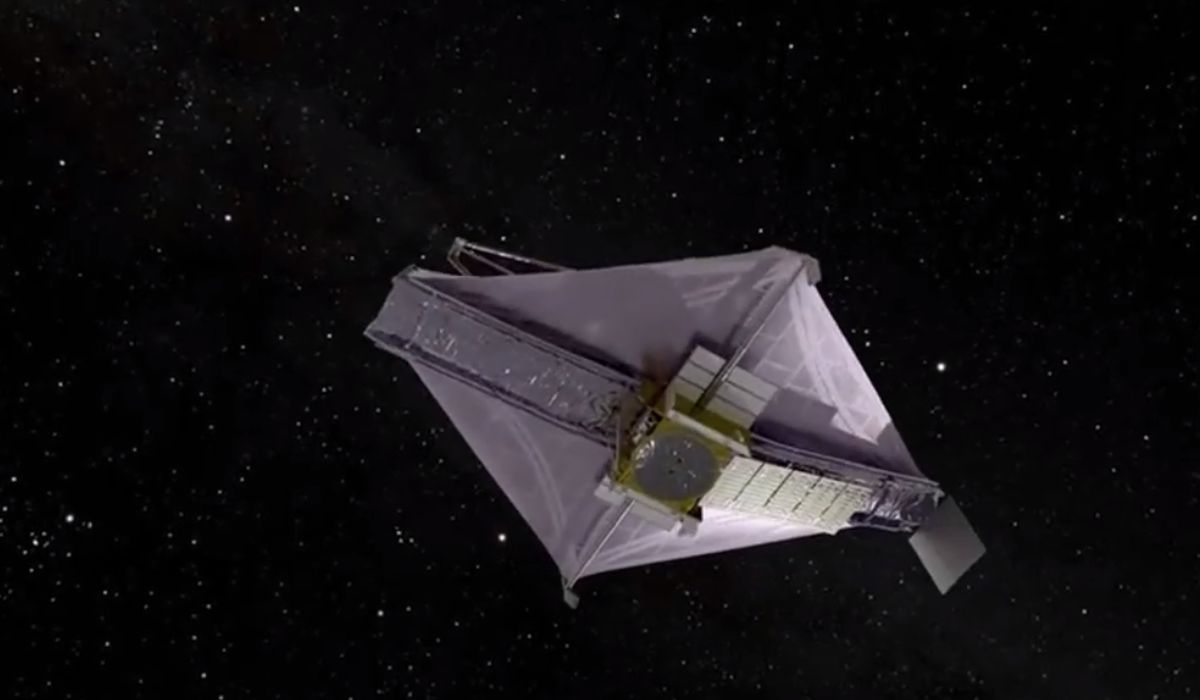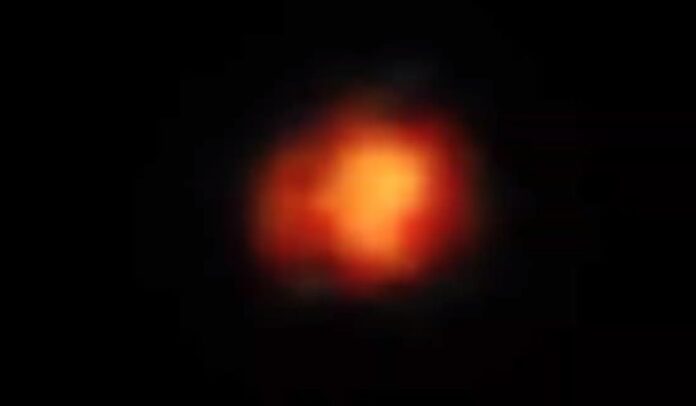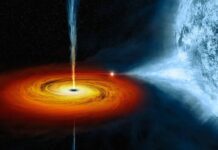Astronomers have taken a closer look at Maisie’s galaxy, initially spotted by the James Webb Space Telescope (JWST) in June 2022. Turns out, this galaxy is not as ancient as they first thought, but it’s still pretty old. Sitting at a grand age of about 13.4 billion years, it formed roughly 390 million years after the Big Bang. This makes it just 70 million years younger than the current record holder, JADES-GS-z13-0.
Here’s a cool tidbit: Maisie’s galaxy got its name from the daughter of Steven Finkelstein, an astronomer from the University of Texas at Austin. He and his team found the galaxy on her birthday! They initially thought it was born 290 million years post-Big Bang. However, a deeper dive with more sophisticated tools added about 100 million years to that figure.
What’s really exciting about Maisie’s galaxy, as Finkelstein points out, is that it’s among the first far-off galaxies that JWST identified and is the first from that bunch to be confirmed using spectroscopy.
This confirmation was possible thanks to JWST’s Near InfraRed Spectrograph (NIRSpec) operated by the Cosmic Evolution Early Release Science Survey (CEERS). Essentially, the NIRSpec breaks down the galaxy’s light to better understand its properties. By observing how light from the galaxy shifts towards the redder end of the spectrum (known as redshift), the team got a more accurate sense of the galaxy’s age. The magic number, in this case, was a redshift of z=11.4, which helped the researchers pinpoint that age of 390 million years after the Big Bang.

Astronomers once believed they’d discovered an incredibly old galaxy named CEERS-93316, thinking it was a mind-boggling 235 million years before the Big Bang. However, after a closer look, they realized they were off the mark. They found that the galaxy’s actual redshift was z=4.9. This means it’s only about a billion years younger than the Big Bang, rather than predating it.
The initial mistake was an easy one to make. CEERS-93316 was giving off light frequencies usually associated with oxygen and hydrogen. This made the galaxy look bluer and, therefore, older than it really was.
Dr. Finkelstein, one of the researchers, said they were just unlucky with this galaxy. Out of numerous high-redshift galaxies they’ve observed, this is the only one where the real age was vastly different from their first guess. He commented, “It would’ve been nearly impossible to justify how a galaxy could be that massive so early on in the universe’s history. The revised age is much more in line with our understanding.”
Now, the CEERS team has shifted their focus to about 10 other potential ancient galaxies, hoping they might be even older than the previously studied galaxy named Maisie.


















![10 Countries With the Best Healthcare in the World [Statistical Analysis] Countries With the Best Healthcare in the World](https://articleify.com/wp-content/uploads/2025/07/Countries-With-the-Best-Healthcare-in-the-World-1-150x150.jpg)










